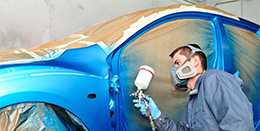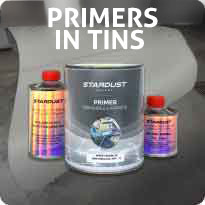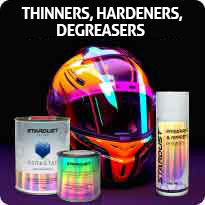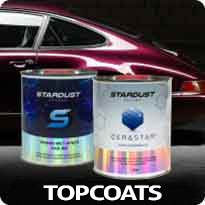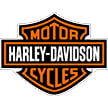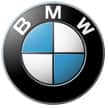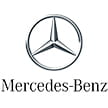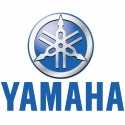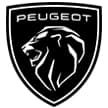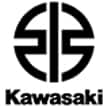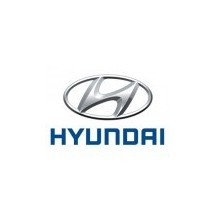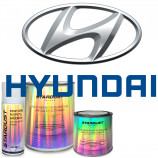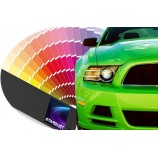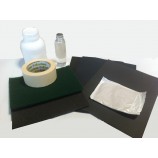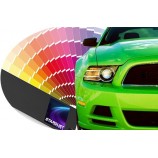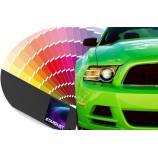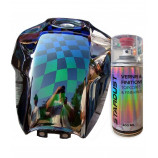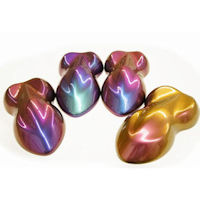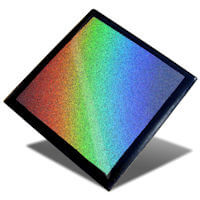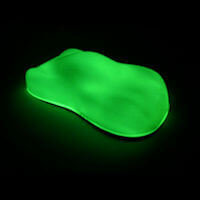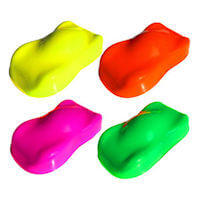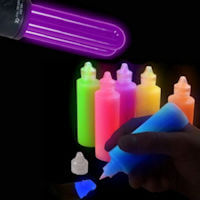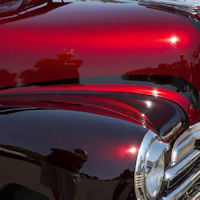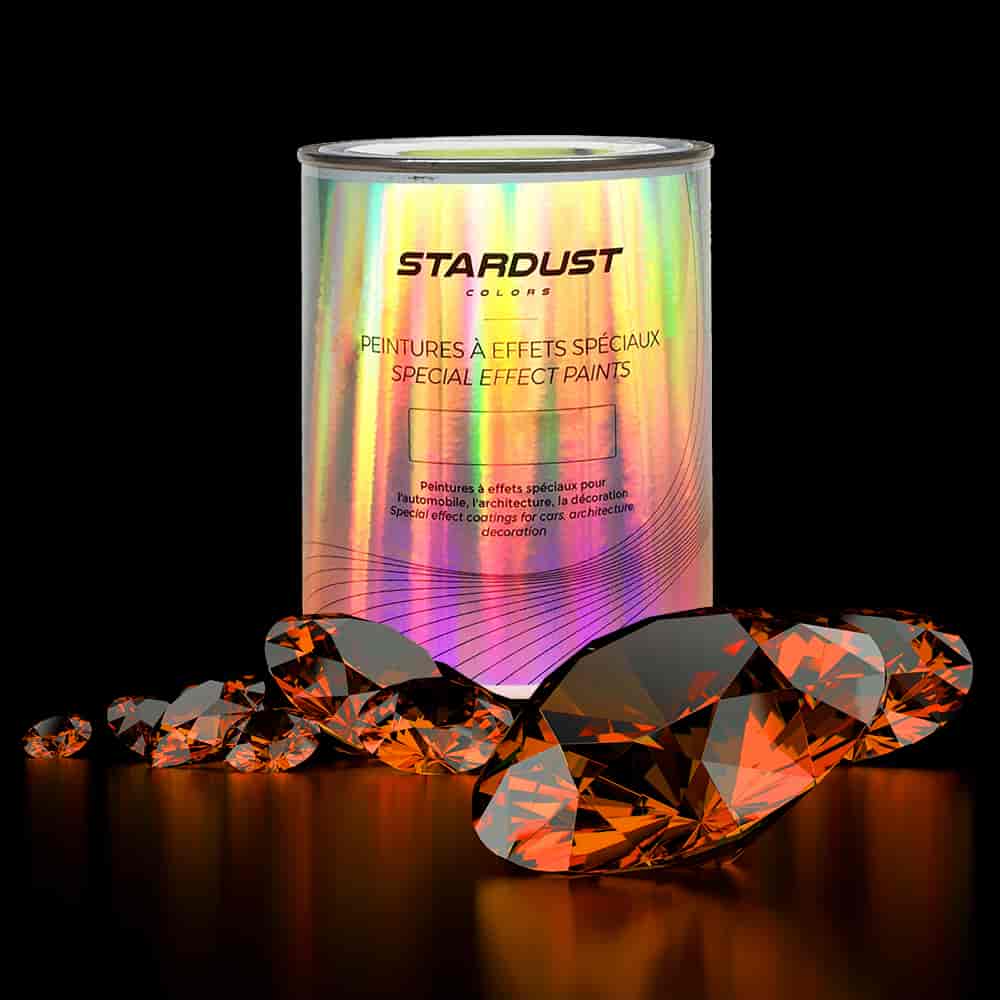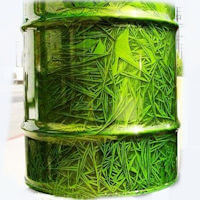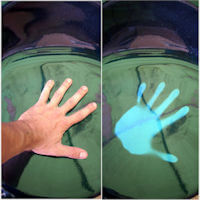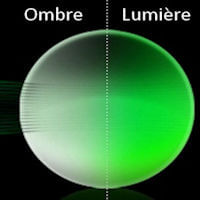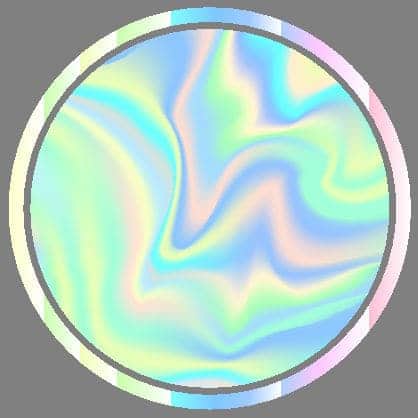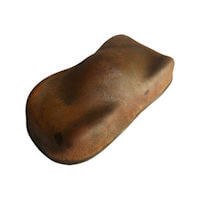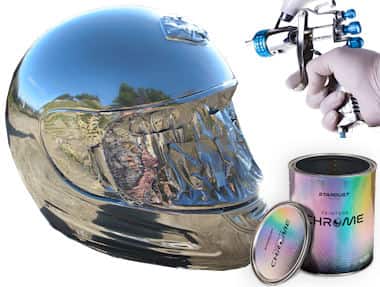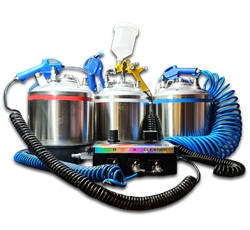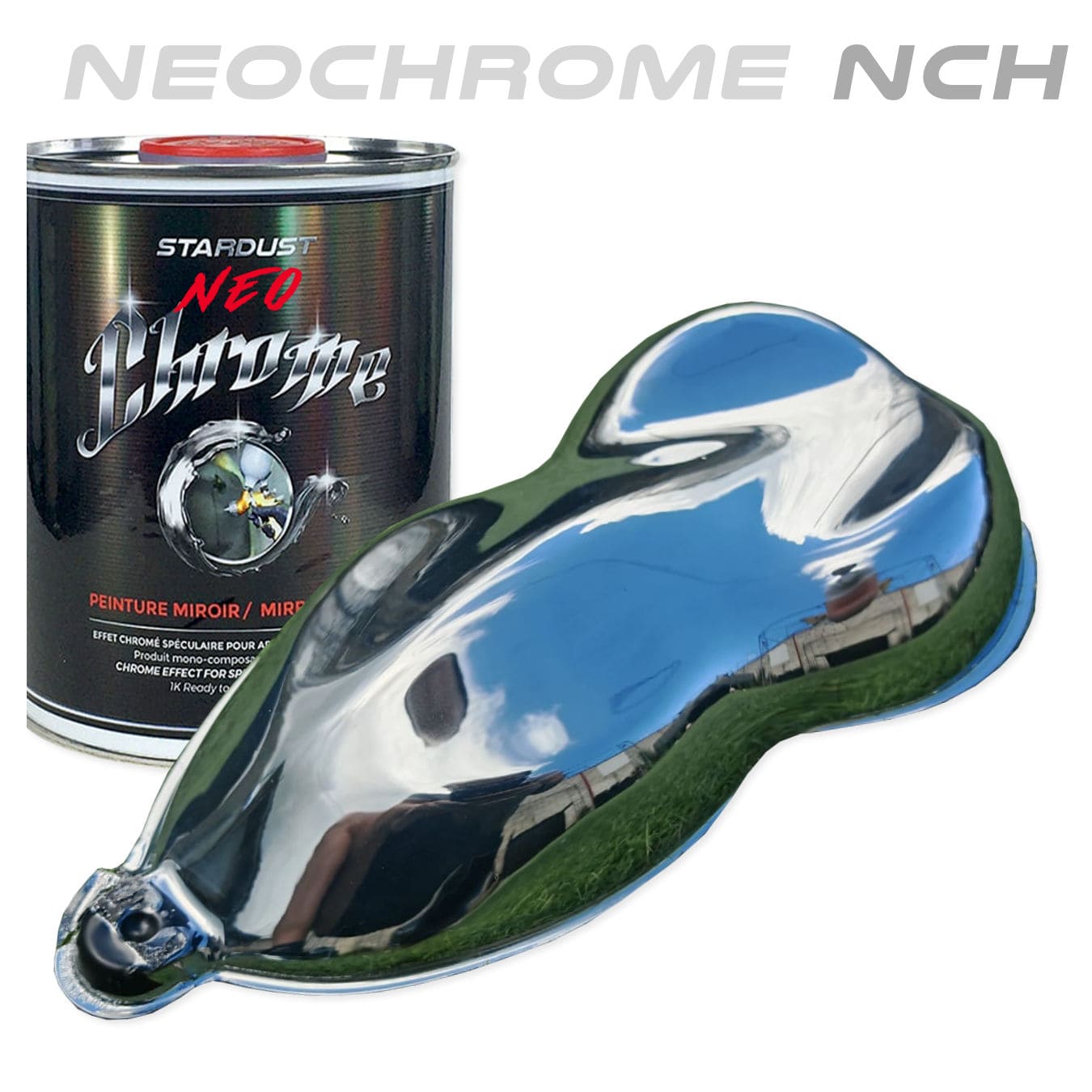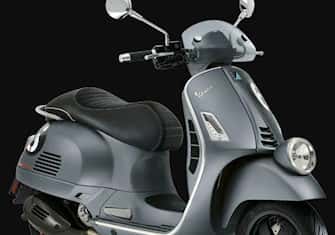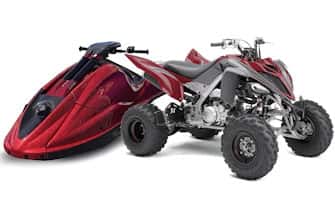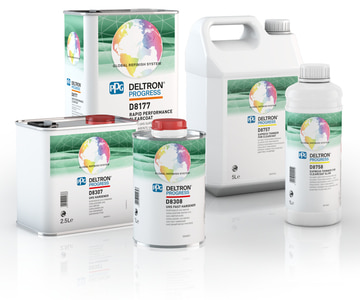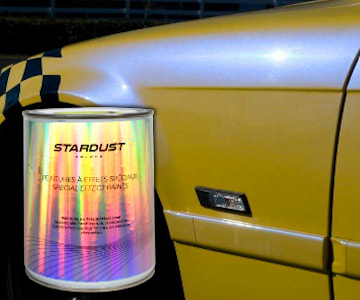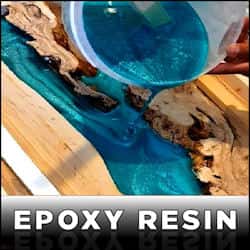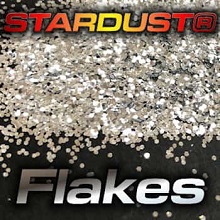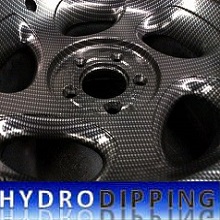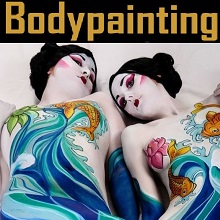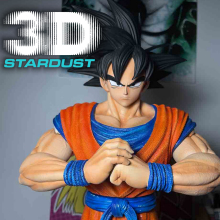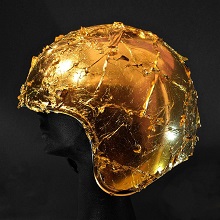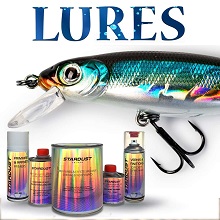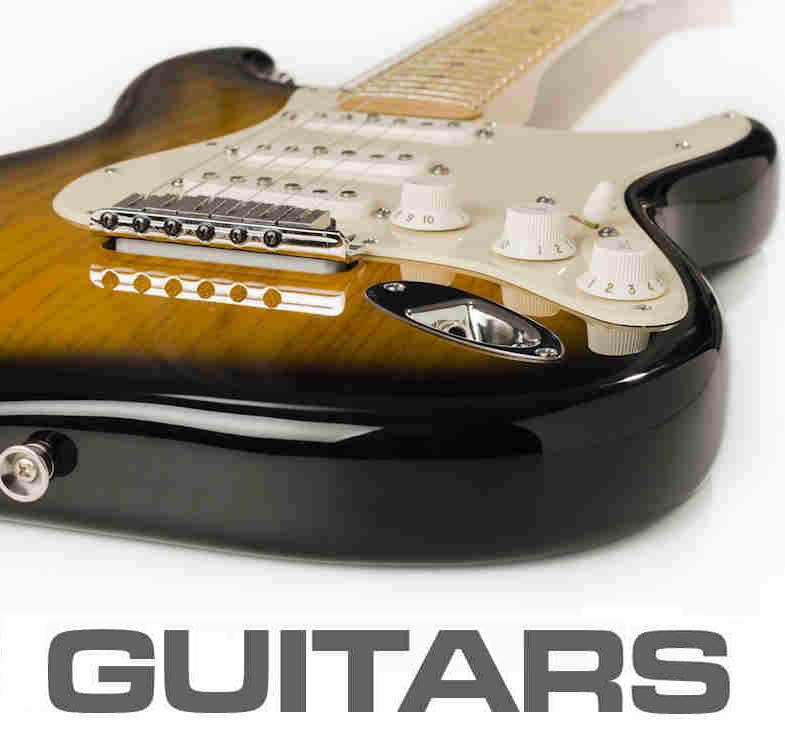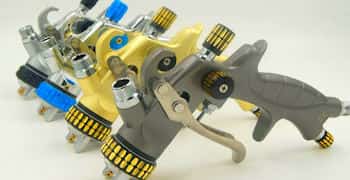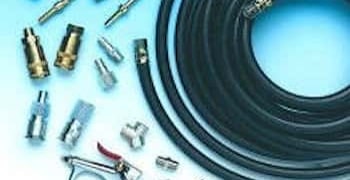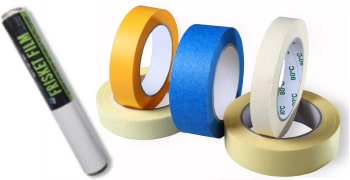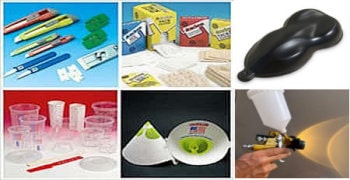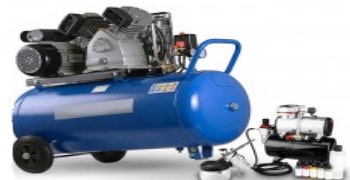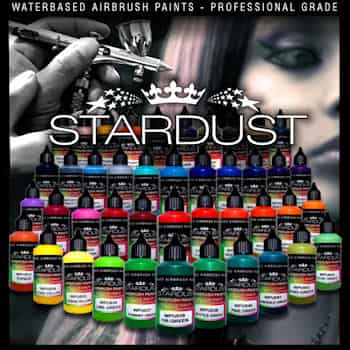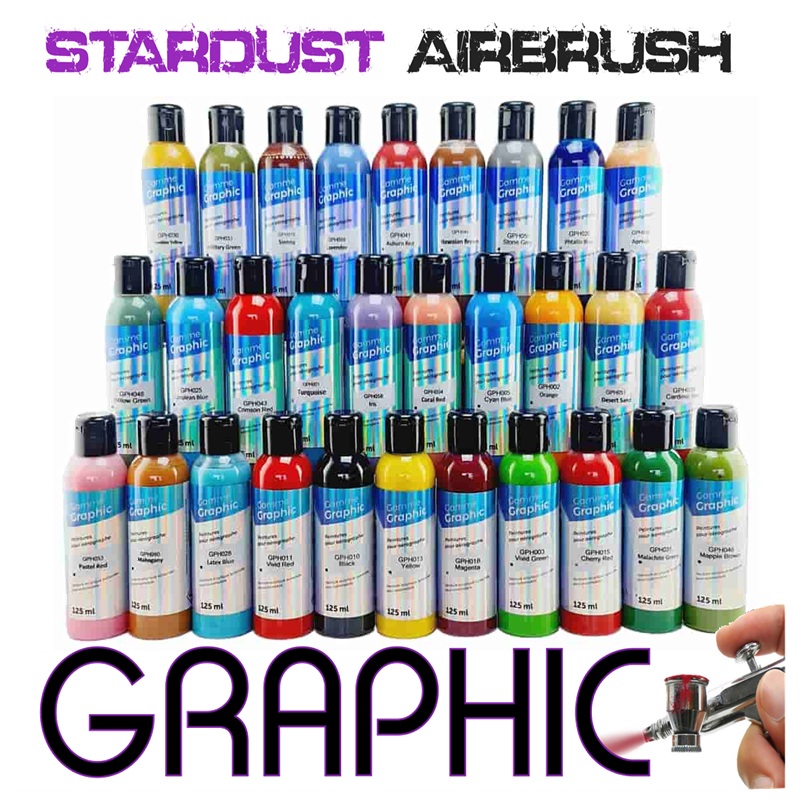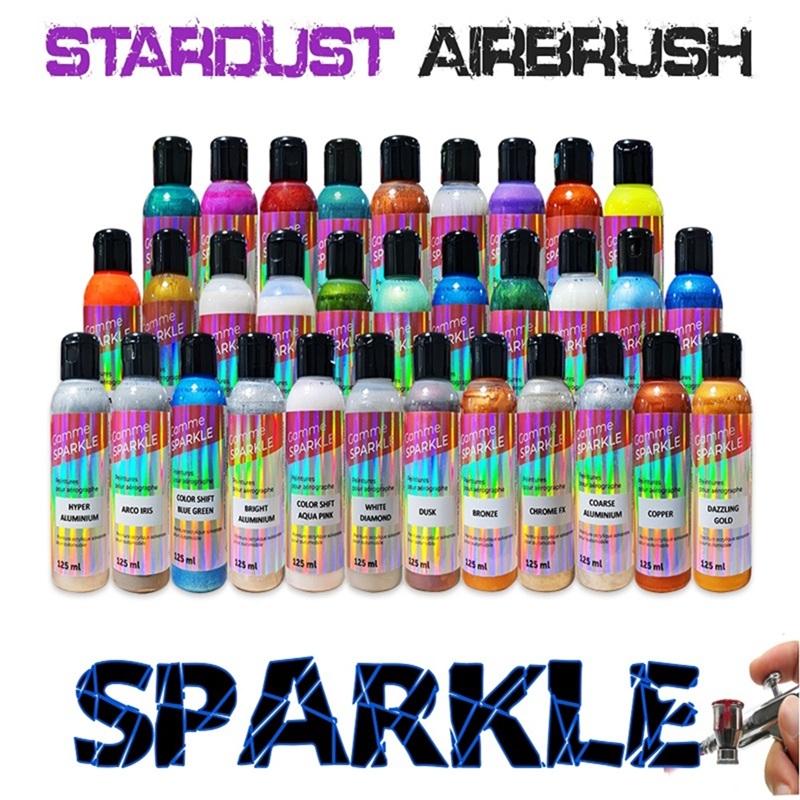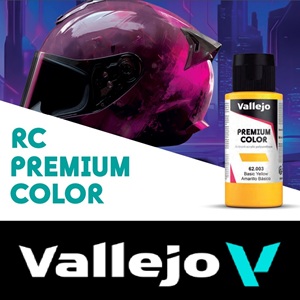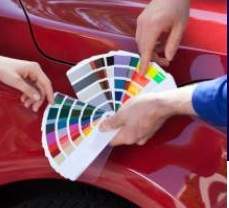We carry out most of the paintwork for you among the colour codes of Asian cars, in this case the colour codes of Hyundai cars, thanks to another powerful colour system updated daily.
In order for us to mix a colour, we just need the HYUNDAI colour code.
We cannot perform a colour search without this information, because there are hundreds of references among HYUNDAI colours. Two elements are useful for us to identify your paint: either the HYUNDAI colour code or the name of the colour.
It is not possible to do conclusive research with a car model or a year of manufacture. It is also useless to look for paint information on the registration certificate (grey card). The colour references are located on the bodywork in specific places - this is explained in a following paragraph.
To order the paint corresponding to your vehicle, the process is extremely simple and fast: the only thing you need is choose the quantity or the packaging - either a can of paint, or an aerosol.
It is by estimating the surface area to be painted that you will know how much to order.
Remember that, in most cases, paints are supplied as 1K basecoats: this means you must also purchase a topcoat (bodywork clearcoat).
The car colour codes of HYUNDAI
The paints from the Korean manufacturer are very well referenced and well known, as the brand has been present on all continents for many years. In Europe, the brand has seen excellent sales growth, and all its colour references are well documented and matched by different paint brands.
For this manufacturer, the original colours follow a harmonised classification system common to all global car manufacturers :
This is the colour code system, which identifies paint colours using a combination of letters and numbers. This identification system is designed to avoid errors and confusion, especially for the professionals applying the paints. As a double check, there is always a second element: the name of the colour, which may be in English or in the language of the manufacturer (French, Italian, German, etc.)
Paints made according to the HYUNDAI colour code are always 1K paints, i.e. single-component basecoats. This is standard for modern pearlescent and metallic colours. These paints do not require a hardener, only thinner (for pure formats).
For small packagings (250 ml or 500 ml), the paint is pre-diluted, which simplifies the job - just pour it into your spray gun and paint.
A HYUNDAI 1K basecoat dries very quickly in ambient air, without baking and without a hardener. It dries by solvent evaporation, and therefore is not resistant on its own - it must be clearcoated quickly.
Quicl clearcoating is essential to ensure adhesion between the basecoat and the topcoat. Beyond 30 minutes (at 20°C), we can no longer guarantee proper bonding between the HYUNDAI basecoat and the topcoat.
The History of the Manufacturer - HYUNDAI
Compared to the European and American pioneers of the automotive industry, HYUNDAI is relatively recent: it was founded in 1967, nearly 70 years later. Originally, the founder created HYUNDAI as an engineering company in 1947. HYUNDAI has collaborated with numorous partners worldwide, with factories in Belgium, Ecuador, England, Canada and holds nearly one-third of KIA. The brand is recognised for producing reliable and high-quality vehicles, as praised by American automotive press. HYUNDAI focuses on mainstream vehicles at affordable prices for the middle class. It employs around 75,000 people globally and, in just 50 years, has become one of the largest car manufacturers in the world, with a production capacity of nearly 1.6 million vehicles annually. In 2004, HYUNDAI built a huge factory in California covering an area of 17 km². Today, the group ranks fourth in the world for car manufacturing and continues partnerships - for example, with DaimlerChrysler. It is rapidly expanding in Russia, China, and developing countries such as Turkey. In 2021, rumours circulated that HYUNDAI and Apple were working together on a self-driving vehicle.
Where to find the Colour Code on your HYUNDAI car ?
For HYUNDAI brand vehicles, the VIN plate showing the colour code can be found in two locations:
- Inside the engine bay, under the bonnet, near the windscreen base.
- On the driver's side front door leaf.
You can refer to the illustrative images below for guidance.
The HYUNDAI paint code always consists of 2 to 5 characters (letters or numbers).
In line with the international system used by all manufacturers, this code is printed on a plate - never on the vehicle's grey card. Here is an example table:
1114 TAN 2014 - 2021
1K BLACK 2010 – 2011
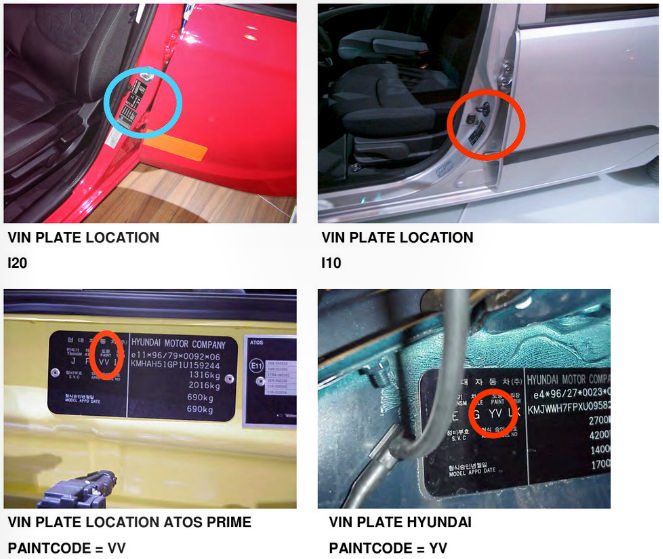
The Iconic Colors of HYUNDAI cars
The Korean manufacturer generally offers standard, mid-range colours, similar to those of other major brands. We're far from the luxury finishes of Japanese sports models. These are conventional pigments, with a broad selection dominated by white, black, metallic shades, and red - reflecting customer preferences.
Another example of Hyundai colour codes :
1134 BEIGE 2013 -
1F BERRY RED 2009 – 2011
Some recent shades feature a special diamond-effect mother-of-pearl, which belongs to a premium pigment range.
This includes the following example :
2Z BLACK DIAMOND 2006 - 2011
3001 SILVER 2012
Daewoo car colour code
Nissan car colour code
Toyota car colour code
Lexus car colour code
Mazda car colour code
Mitsubishi car colour code
Daihatsu car colour code
Honda car colour code
Isuzu car colour code
Subaru car colour code
Ssangyong car colour code
Suzuki car colour code







